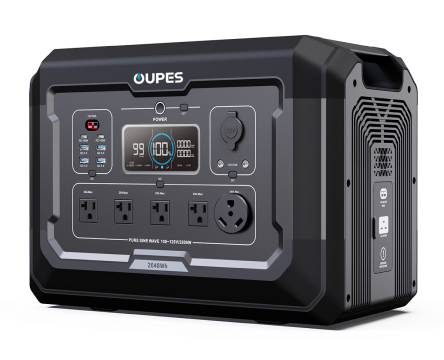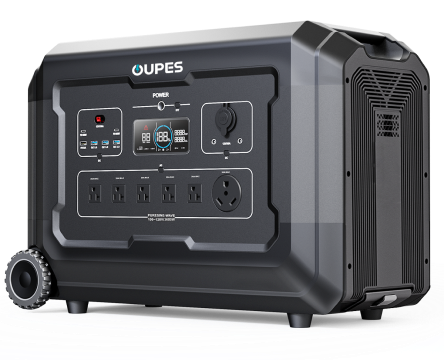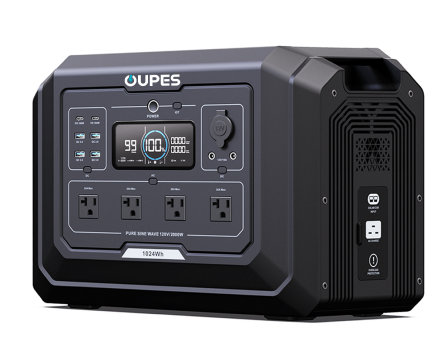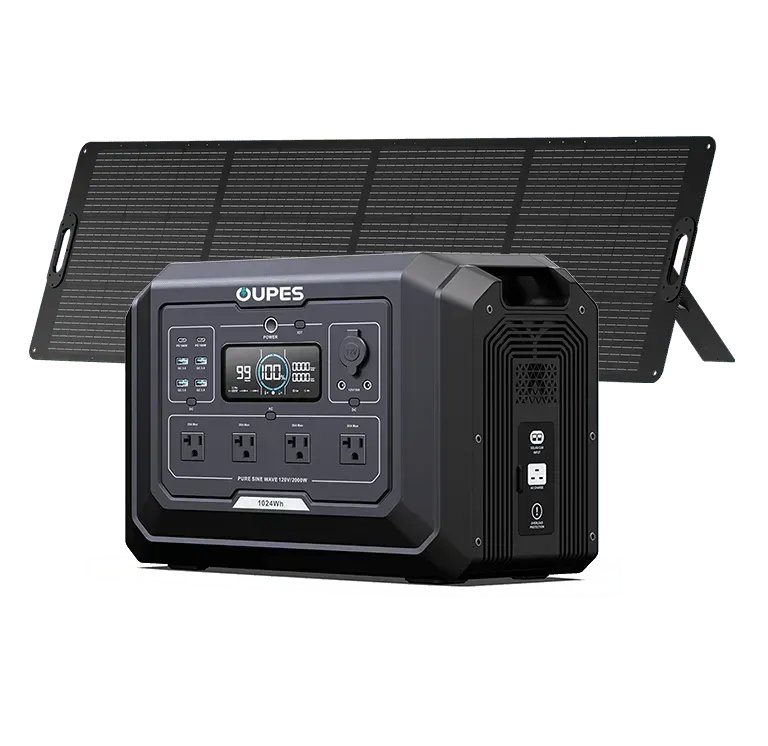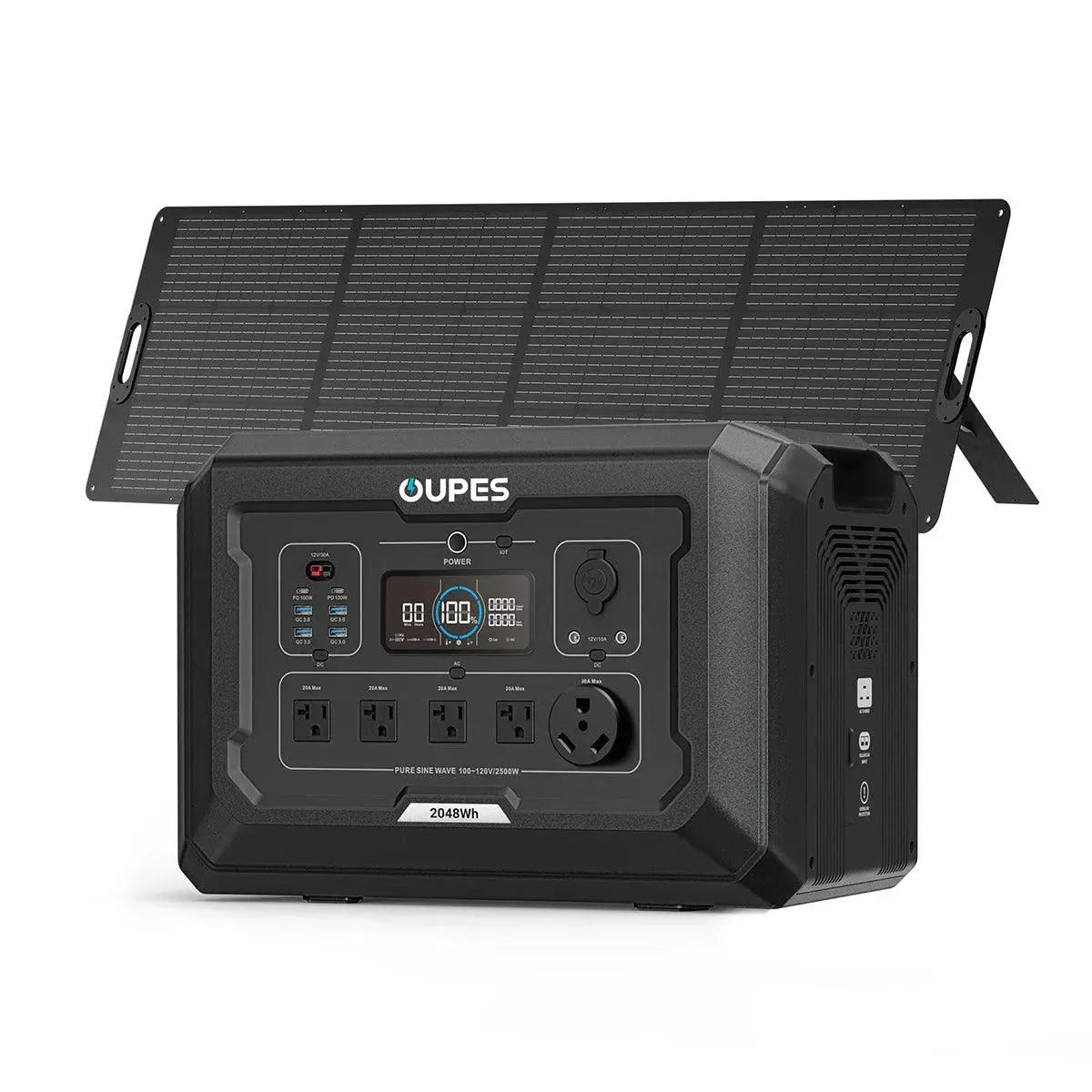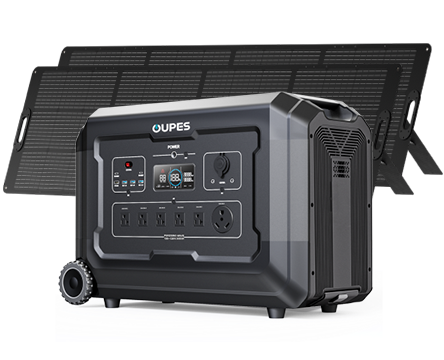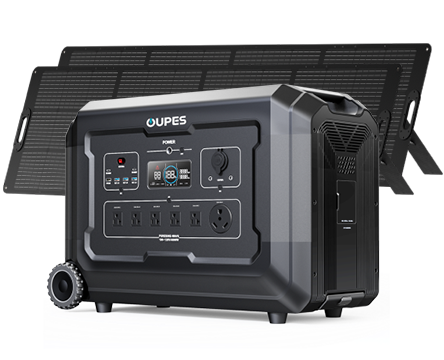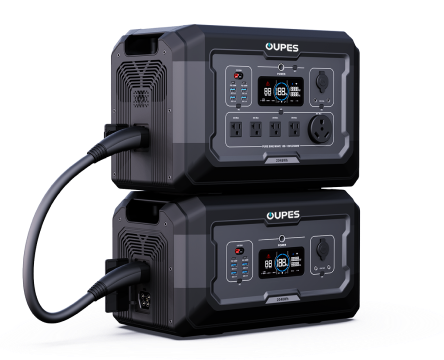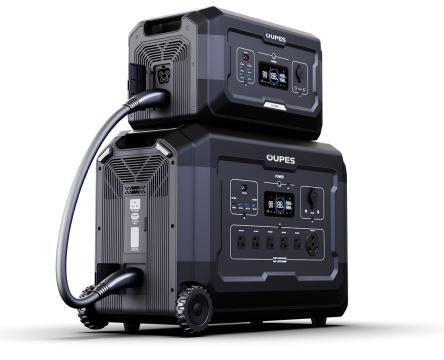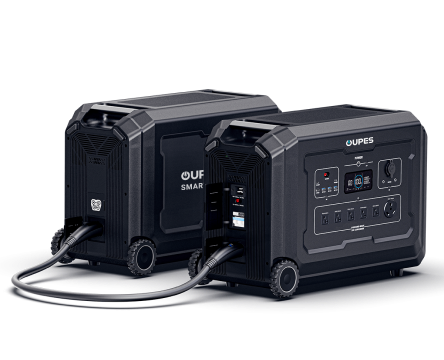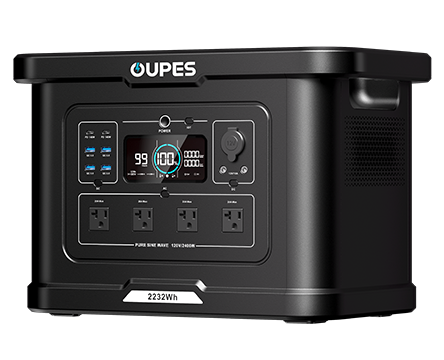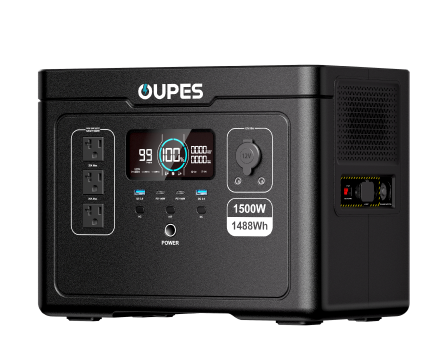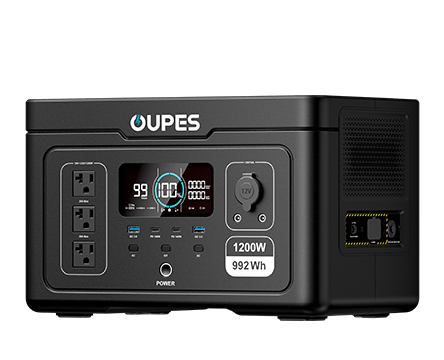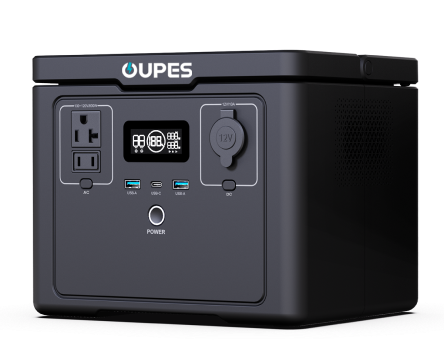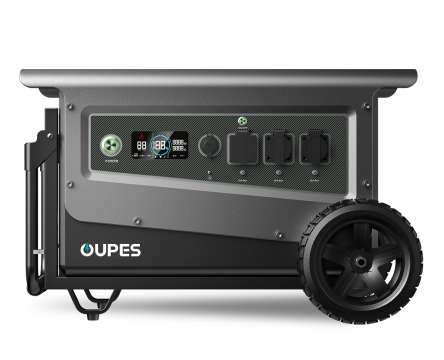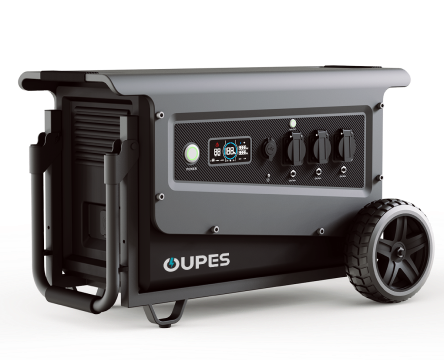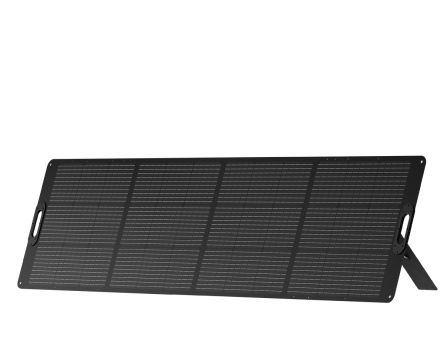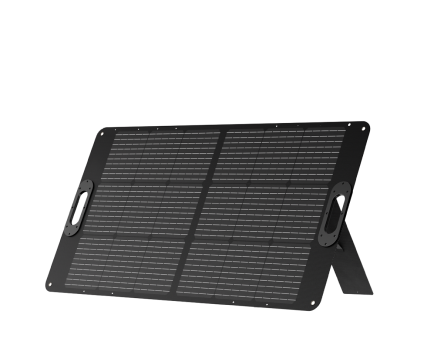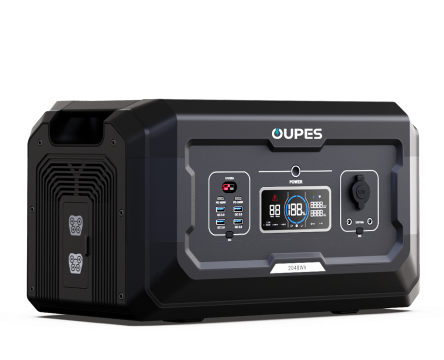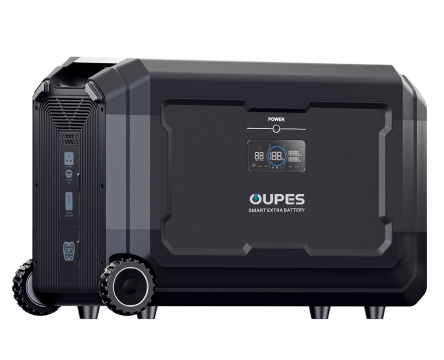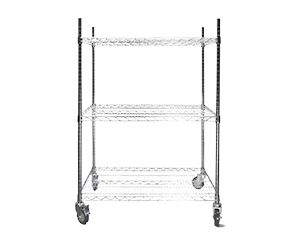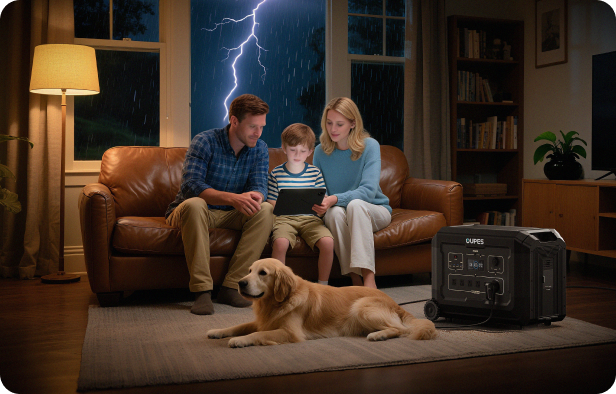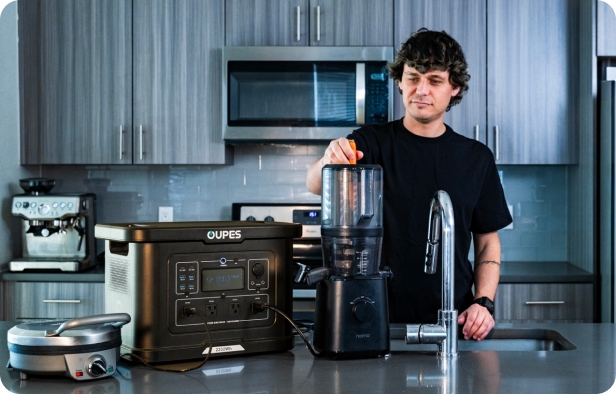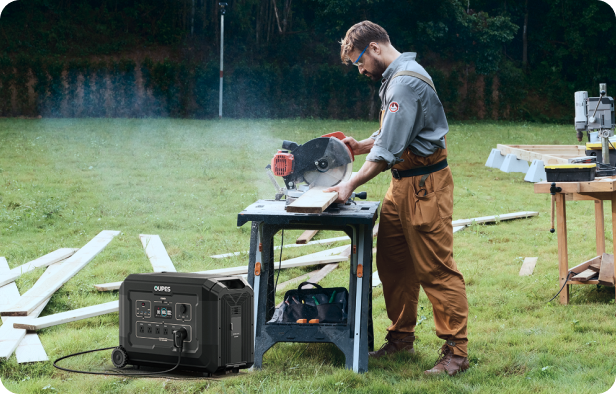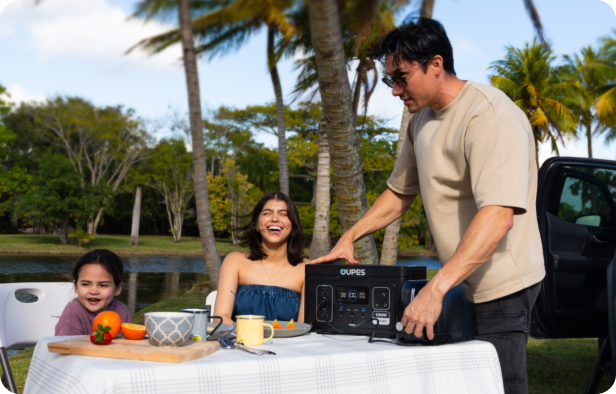
When it comes to harnessing the sun’s power for your everyday energy needs, one question towers above the rest like a solar panel basking in a cloudless sky: how big of a solar powered generator kit do you really need?
The answer? It isn’t as cut-and-dried as you'd hope. It’s a thrilling equation, a dance between your lifestyle and the quiet power of photovoltaic science. Whether you're living off-grid in a mountain cabin, prepping for emergency backup, or simply looking to supplement your energy use with a greener solution—size matters. But not in the way you might expect.
Energy Needs First: Understanding Your Load
Before choosing a solar generator kit, you must first face a fundamental truth: you cannot size what you do not understand. Energy consumption is the soul of this conversation. Every appliance in your home draws a different wattage—some in small, polite sips, others in greedy gulps.
Start by listing the essentials you plan to power. A few LED lights, your phone, a laptop? You’re in the low-wattage club. Add a mini fridge, a CPAP machine, or a Wi-Fi router? You're climbing the ladder. Now consider larger players: full-size refrigerators, space heaters, or even microwaves. With each addition, your energy appetite expands, and with it, the size of the generator kit required.
To calculate with clarity, jot down the wattage of each device and multiply by the number of hours you’ll use it daily. The result is watt-hours per day—a crucial number. Add them together, then add a buffer (20% or so) to account for unexpected surges or inefficiencies. This is your baseline. This is where the journey begins.
Battery Capacity: The Beating Heart of Your Kit
Now, let’s move to the core—the battery. The capacity of your solar generator is measured in watt-hours (Wh), and this figure directly dictates how long you can power your devices before needing a recharge. If your calculated daily usage is 1,000Wh, you’ll need a generator with a capacity at least that high to run a full cycle without solar input.
But life is rarely that linear. Perhaps you want a day or two of autonomy—power during cloudy weather or unexpected blackouts. In that case, a larger generator (think 1,500Wh, 2,000Wh, or beyond) becomes your insurance policy. It’s the safety net that keeps the lights on, the food cold, and the silence at bay.
OUPES offers a range of options to suit every scenario. Their higher-capacity units cater to whole-home setups, while more compact kits handle minimalist or mobile lifestyles. Each product is built to store solar energy efficiently and discharge it smoothly, with inverters that convert DC to AC power for everyday use. It's not just about capacity—it’s about control.
Solar Input: The Refueling Strategy
Battery size is just half the story. A generator kit also needs a reliable and robust way to recharge. Enter: solar panels. The panels you pair with your generator must be powerful enough to replenish what you consume, ideally with some headroom to spare.
Let’s say you’ve chosen a 1,200Wh generator and you use about 1,000Wh daily. A 200W solar panel working in full sunlight for 6 hours per day provides around 1,200Wh—a perfect match on paper. But again, reality sways. Weather, panel angle, and seasonal variation mean you won’t always get peak output. The smart move? Go slightly bigger on your panel array to account for nature’s unpredictability.
And remember, charging time matters. If you want to replenish quickly—say, between morning and afternoon—you'll need more wattage. OUPES panels are designed for portability and performance, with efficient cells that perform well even in less-than-perfect light. Pairing the right generator with the right solar array is like tuning an instrument: precision leads to harmony.
Portability vs. Permanence: Matching Size to Lifestyle
Not every solar solution is destined to sit on a porch or power a full-sized home. Some are meant to roam, to travel, to move with you through forests, festivals, or far-flung road trips. That’s where size becomes a matter not just of power, but of purpose.
For off-grid campers or RV travelers, a generator in the 600Wh to 1,000Wh range often hits the sweet spot—small enough to carry, strong enough to serve. For homesteaders and emergency preppers? Bigger is better. Think 1,800Wh, 2,000Wh, or modular setups that can expand over time.
Consider also the form factor. OUPES designs prioritize both power and practicality. Handles, wheels, stackability—these aren’t afterthoughts; they’re part of the experience. Choosing the right size means balancing capacity with convenience, power with portability. It’s about knowing yourself as much as knowing the tech.
Conclusion: Your Power, Your Size
So—how big of a solar powered generator kit do you need? The answer lies not in blanket statements or cookie-cutter recommendations. It lies in your rhythm, your needs, your lifestyle. It lies in the hum of your refrigerator, the glow of your lights, the silence you preserve when the grid goes dark.
Start with energy awareness. Build upward with battery capacity. Fortify with solar input. Match to your movement, your ambition, your tomorrow. OUPES is here to meet you wherever you are on that journey—whether you're stepping off-grid or simply stepping into the light.
Big or small, modest or mighty—the right solar generator kit is the one that powers your life with confidence, resilience, and a little bit of sunlight magic.

